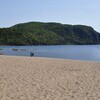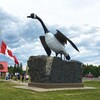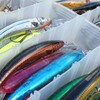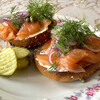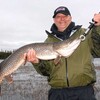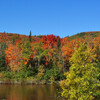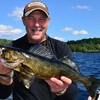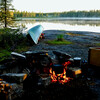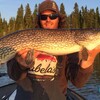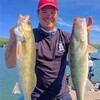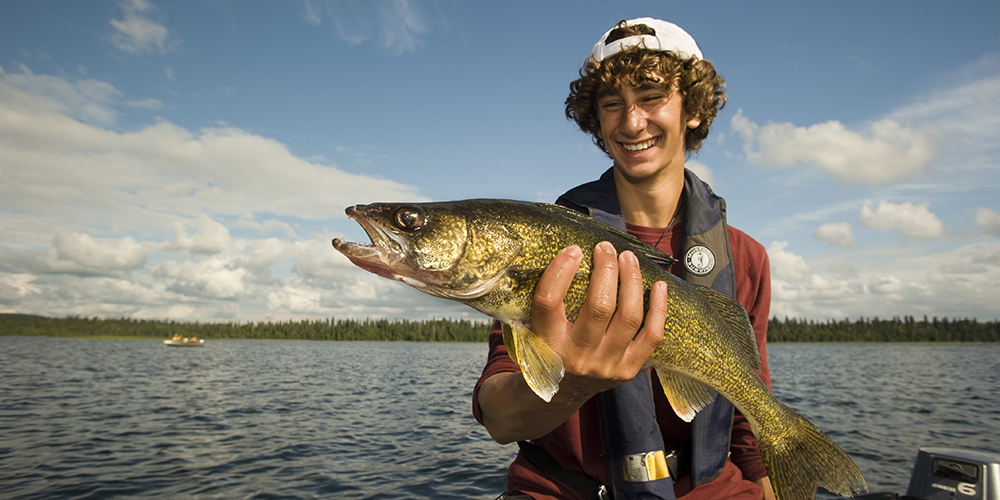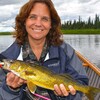
Algoma's Migratory Trout and Salmon
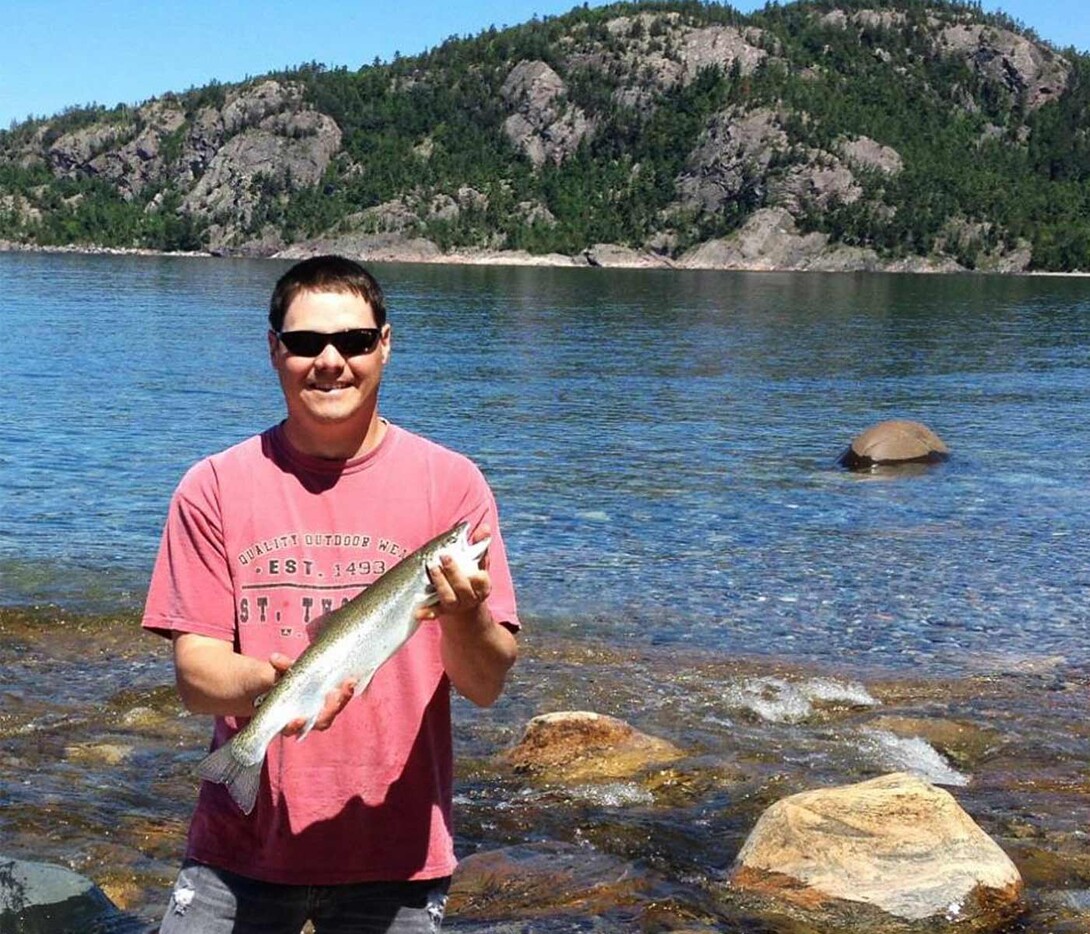
Over the years I’ve grown very fond of chasing migratory trout and salmon in the Algoma region in the spring and fall. Anyone who has had the pleasure to experience the drag screaming runs and acrobatics from these wild nomads, within the scenic backdrops Algoma has to offer, will carry these memories on for a lifetime.
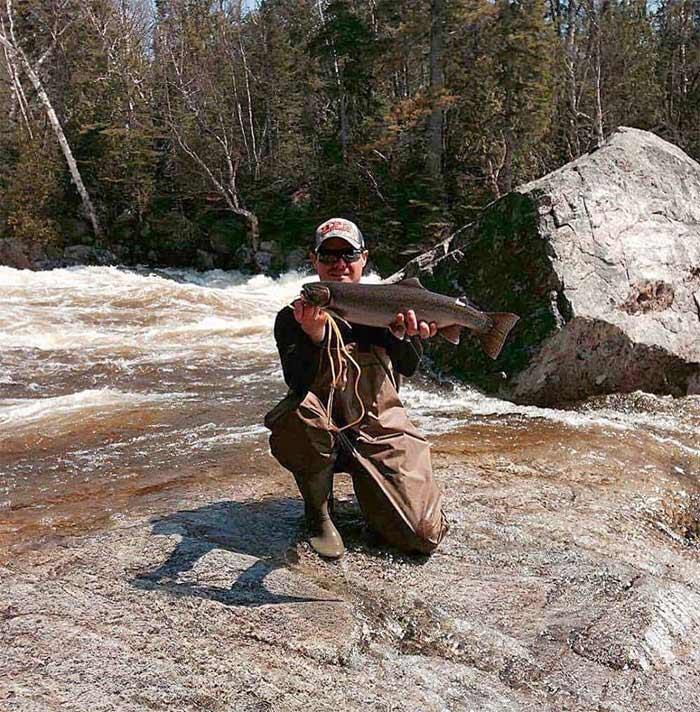
Spring
From as early on as the beginning of March right until the end of May here in Algoma, rainbow trout will start to visit the fertile grounds in which they were hatched, staking their claim among rivals vying for a suitable companion. Water temperatures and flows dictate when the runs usually begin. The first few spring runoffs send much warmer water into the mouths of tributaries, and this triggers the staging rainbows' primal instincts to swim upstream to the spawning grounds. The actual spawning process takes place once the water temperature reaches 6°C, but the fish can be found upstream in quite colder temperatures so long as water and flow levels are ideal.
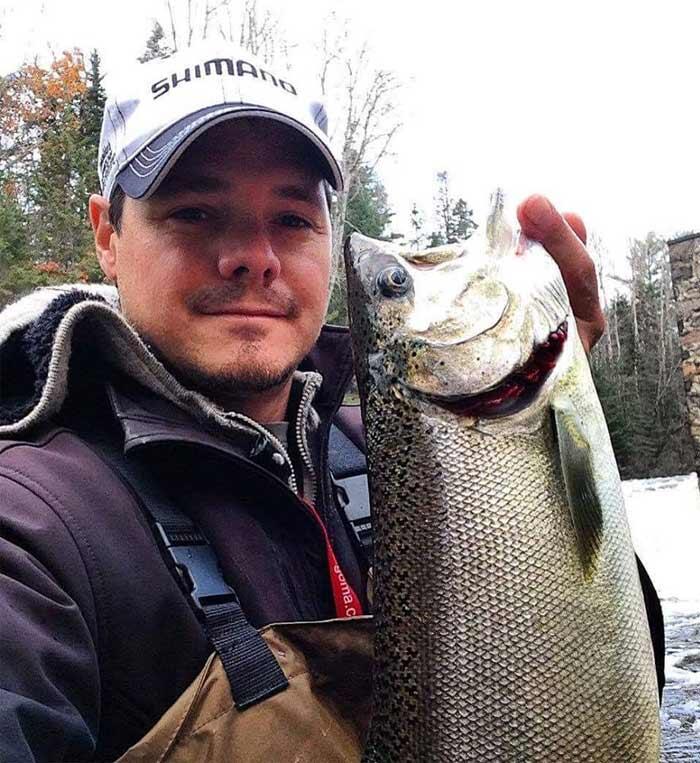
Fall
Actually, late summer in our region around the end of August into the beginning of September, right through early winter, will be one of the most diverse and exciting times to chase migratory trout and salmon species. Starting off with the hoards of pink and chinook salmon that will detect the slightest decrease in water temperatures and increased flows that come with the shorter days, cooler nights, increased rainfalls, and man-made dam systems being opened. Ideal water temps are about 16°C to kick off the run for the pink and chinook salmon, but it's not uncommon to see them upstream in quite warmer temperatures so long as water and flow levels are ideal again.
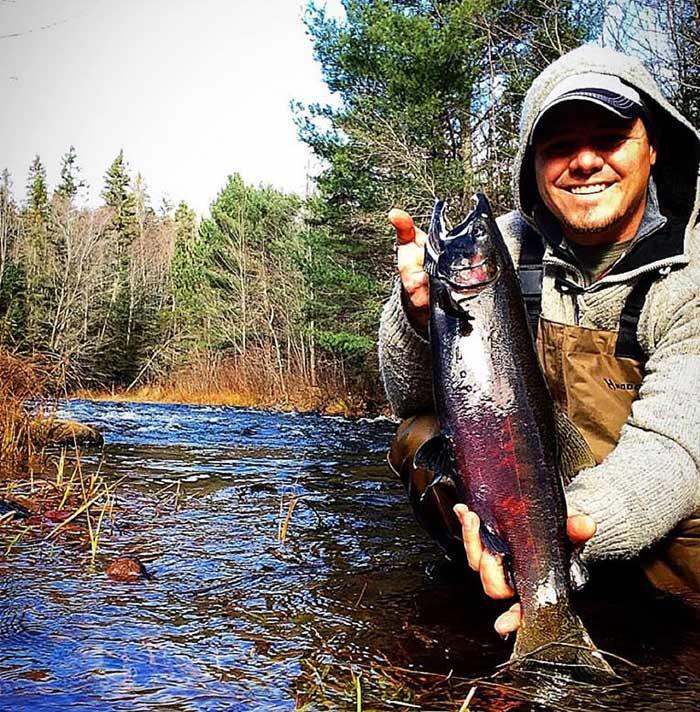
As the water temperatures start to drop, the spawn will become more involved and another species of salmon will enter the tributaries to conduct its ritual as well: the Coho salmon. Over the course of about 8 to 10 weeks, these three Pacific salmon species engage in a well-orchestrated dance of mortality. Their carcasses are left behind, to enrich the very river system which brought them life. The 8 to 12 weeks following is a time that can be purely magical. Schools of rainbow trout will invade the river systems with one thing in mind, to eat! They'll fatten themselves up on beds full of fertilized eggs, flesh from carcasses, insects, invertebrates, minnows, and anything that would happen to float by that would make a worthy meal. This is a steel header's perfect storm to catch a trophy of a lifetime.
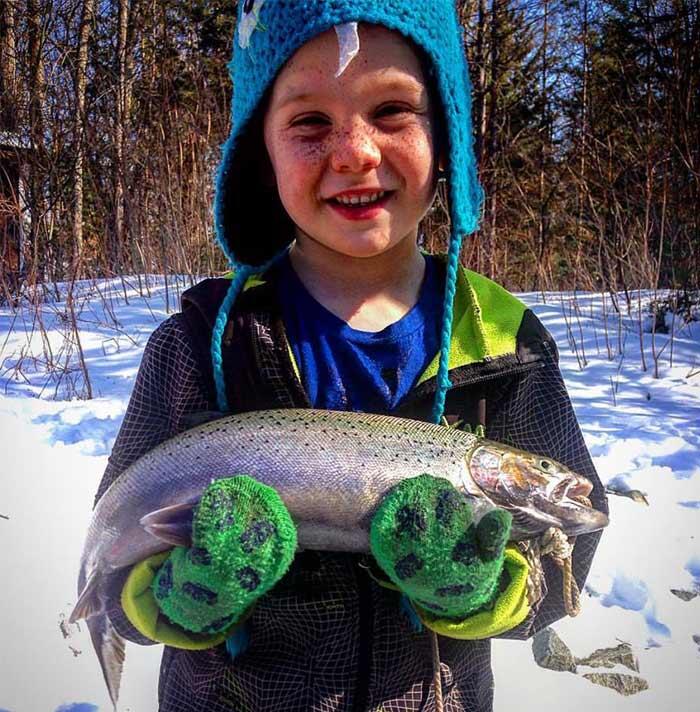
River Recommendations
- St. Marys River Rapids
- Chippewa Falls
- Sand River
- Agawa River
- Michipicoten River
Tackle Recommendations
1. Bottom bouncing with either a spawn bag or worm. I’ll use a single egg hook, usually #6 or # 8. Using a three-way swivel tied to my mainline with about anywhere from a 2-foot to a 4-foot lead of line, usually in 8-pound test fluorocarbon. For my sinker line, I always go with a lighter line 6-pound test, in this case with an appropriate size weight for the current situation (typically anywhere from 3/8 oz to 1 oz). The reason for the lighter sinker line is that when you get hung up, you can break off the sinker line and only have to retie that instead of the whole setup. For this technique, I like to use a medium action steelhead rod ranging anywhere from 9 to 11 feet long, with anywhere from 8-pound to 10-pound monofilament mainline spooled on a spinning reel with a very smooth drag system. I’ll use this technique in deeper pools and holes for fish holding close to the bottom, allowing my sinker to tick along, keeping my bait in the strike zone much longer.
2. Float fishing with a spawn bag, worm, trout bead from Creek Candy Beads and spawn bag, or worm again with a #6 or #8 single egg hook. Depending on current flows, I'll vary the amount of lead shot I use. I typically use a fixed float for this method, as the area's tributaries for the most part are shallow enough to warrant using one. When I'm fishing deeper water, I'll go to a balsa slip float to allow my bait to get down into the strike zone faster. I'll attach my float to my mainline using the plastic tubing provided for the fixed float, or a bobber stop for the slip float. One to two feet below, I'll tie a micro swivel to which I'll attach my leader line. I'll typically pre-tie several leader lines from fluorocarbon to cut down on tying in the field when hands are cold.
For this technique, I like to use either a medium action or light action rod with a fast tip ranging anywhere in length from 11 to 15 feet in length. Lots of anglers love to use a centre pin reel for this technique, however, I haven't tried it just yet, so I use my spinning reel spooled with a 10-pound monofilament main line and it works just fine. This technique works quite well in runs, gravel beds, and shallow pools. Be sure to keep up the slack to your float to allow for a swift hook set when your float drops.
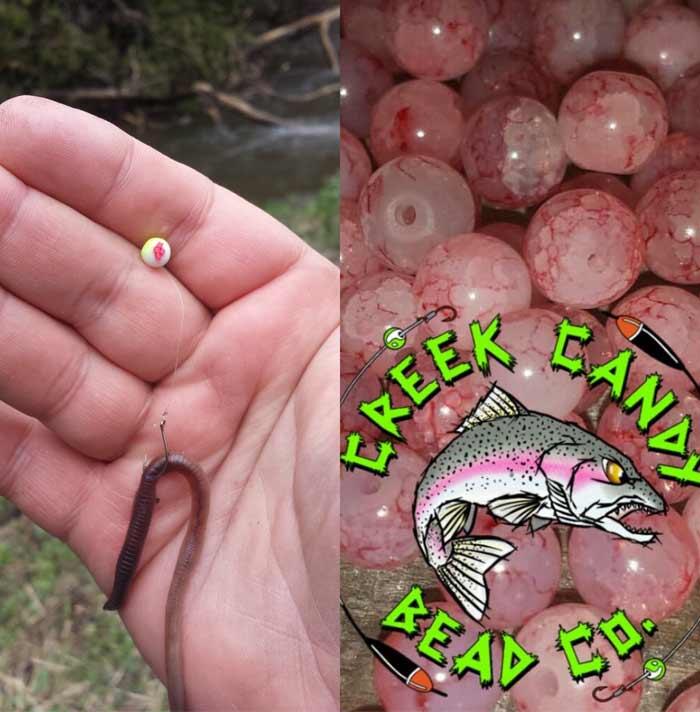
3. Casting hardware. Spoons, spinners, jigs. Casting a little Cleo, EGB, or a Len Thompson spoon is a surefire way to induce a vicious strike when dragged through a pool. Another favourite lure of mine is the inline spinner. The erratic vibration can break a fish from the bottom of the river and create a reactionary strike that will stop your rod dead! Some of my favourites are the Mepps Vibrax, and Algoma’s very own Finn Crew Handcrafted Lures, my personal favourite being the pink on pink! You can’t go wrong with tossing out a tube and dragging and popping it, imitating a dying baitfish, sculpin, or crayfish. The same goes for a Ripp'n Baits hair jig, fish just love to eat them up! For these techniques I’ll use anywhere from a 7- to 8-foot, 6-inch medium to a medium heavy rod, spooled or with 10- to 12-pound test monofilament.
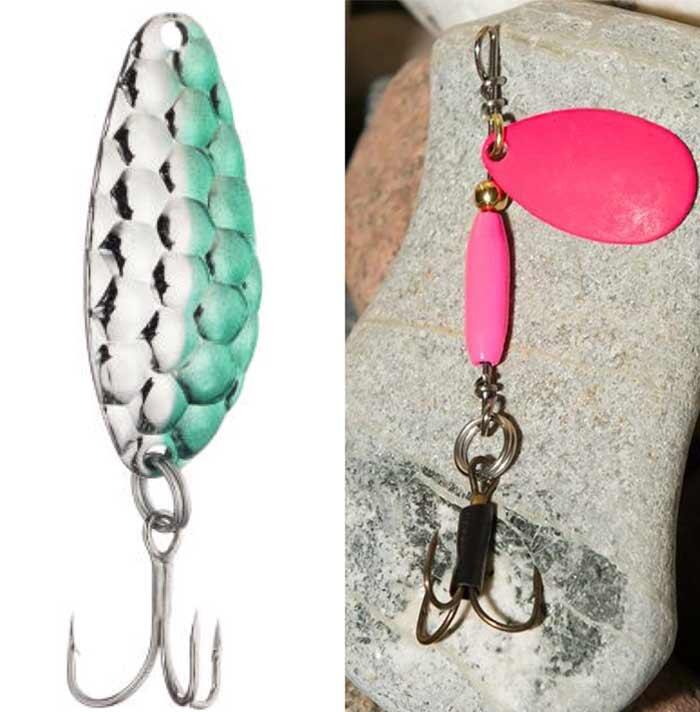
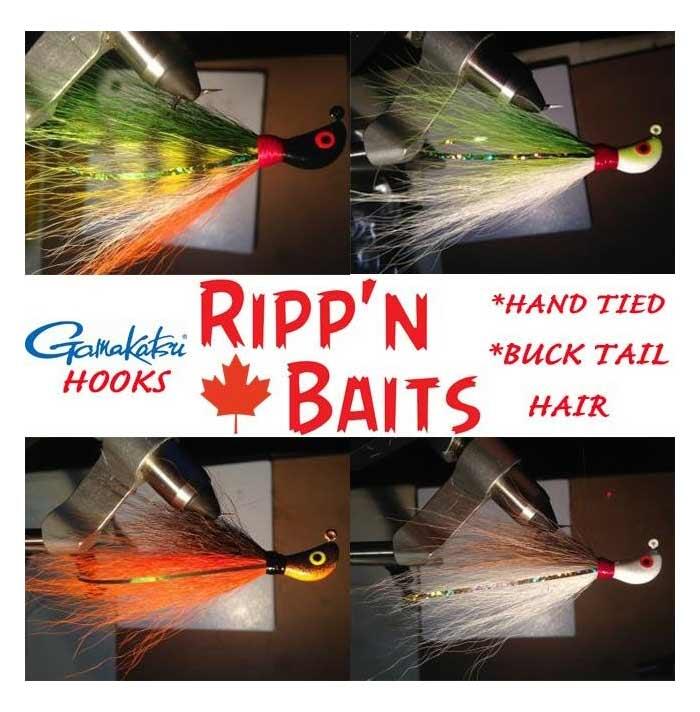
4. Whether spring or fall, the Algoma region has some of the finest drive to trout and salmon fishing destinations, complemented by breathtaking scenery, pristine waters, and plenty of space. Make sure to put Algoma on the bucket list if you’re looking for an experience of a lifetime! Also, if not confident doing this trip on your own, go to the Algoma Country website and look up some of the first-class, professional guiding services available; they're very friendly and knowledgeable.
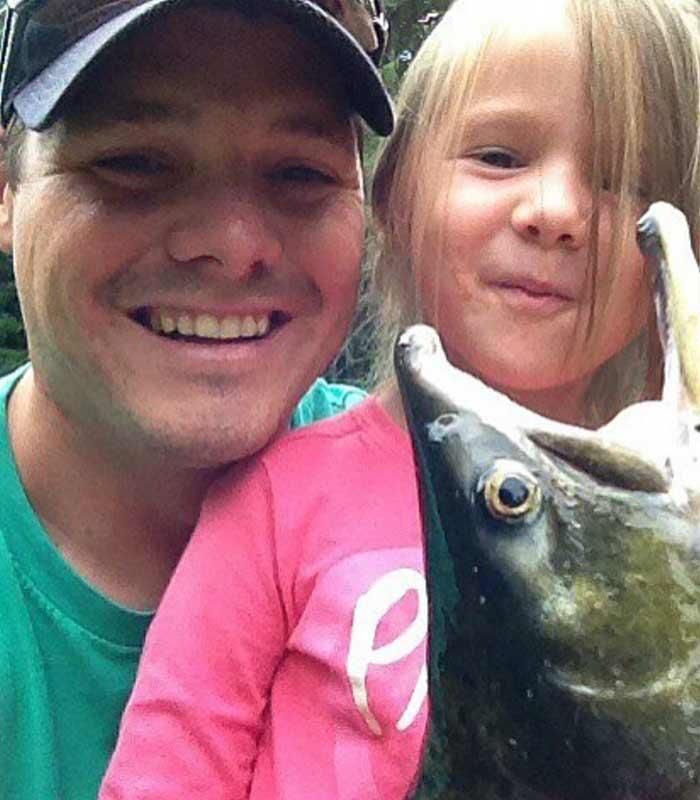
Recommended Articles
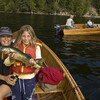
10 Tips for your next Family Fishing Trip
Impossible to Forget
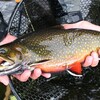
Fly Fishing in Algoma

Wreck of the Edmund Fitzgerald
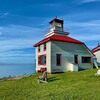
A Unique Place to Stay

In search of trail
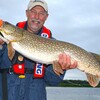
Pike and Spoons
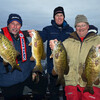
Tackling the Cold
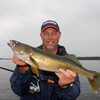
Drop Shot Walleye
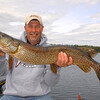
Fishing How-Tos

Sylvan Circle Tour
Gilbertson’s Maple Products

Through the Seasons
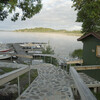
Family Fun at a Fishing Lodge
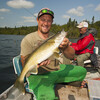
Winging it for walleye
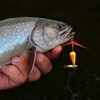
Fishing Knots 101
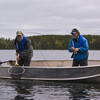
Train to Algoma
Agawa Canyon

Jardin Farm
